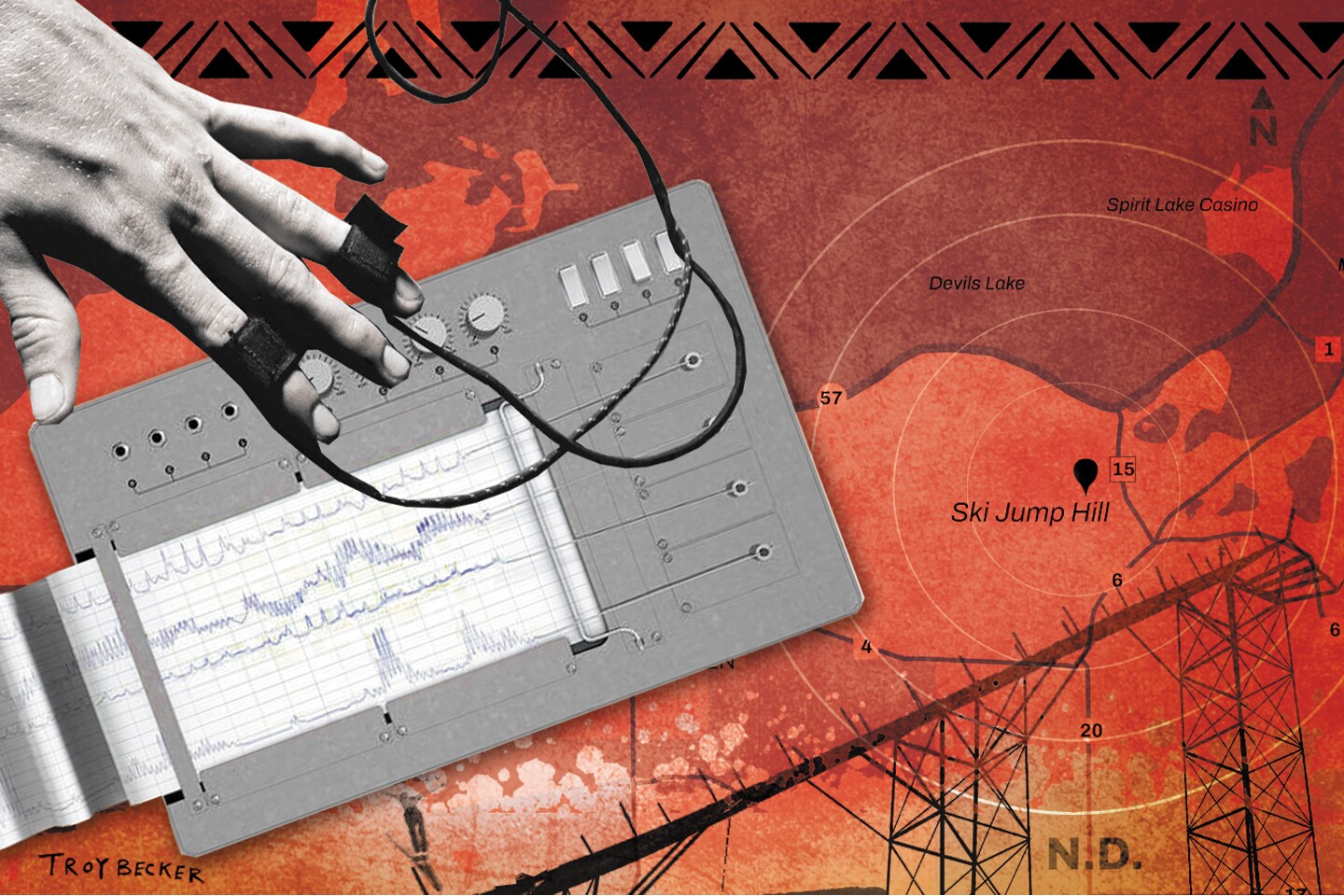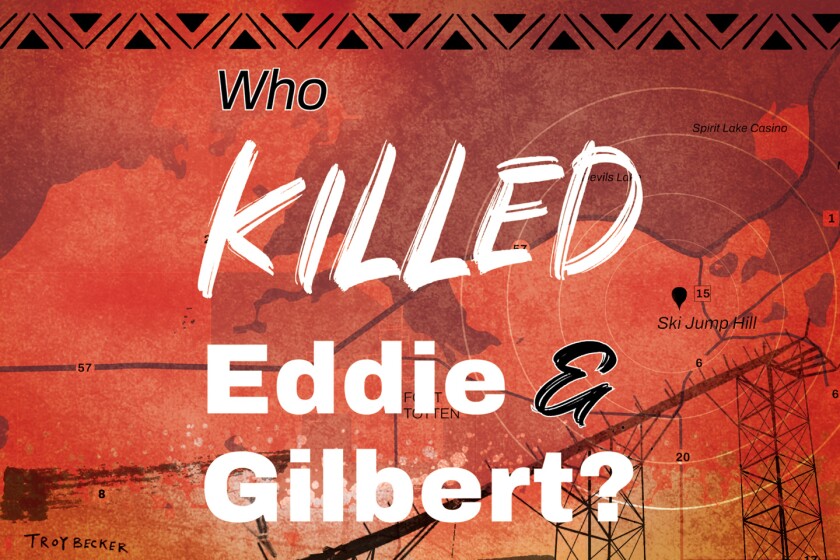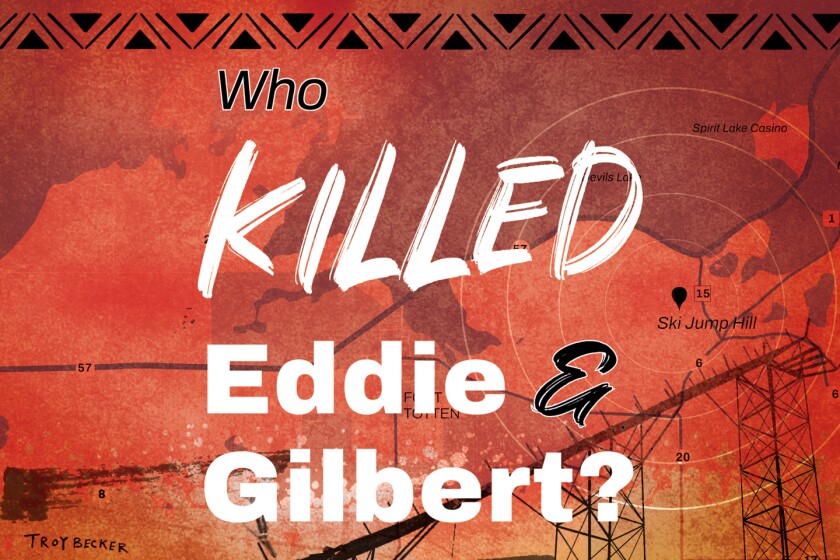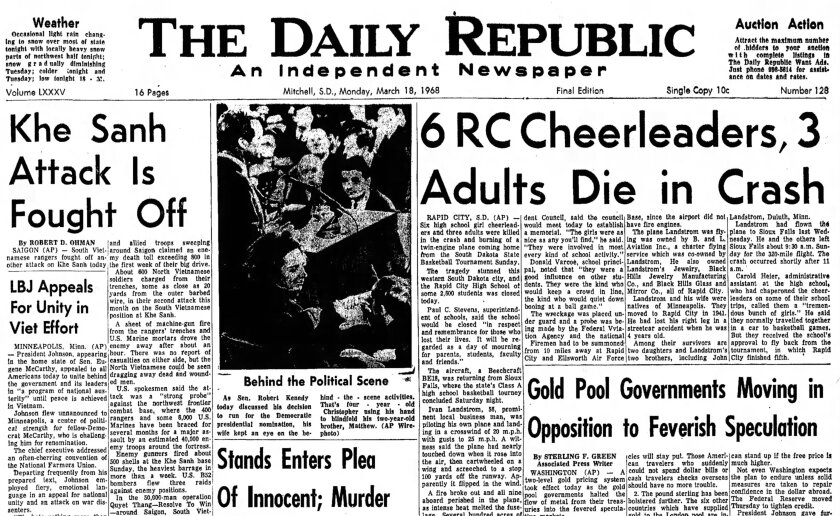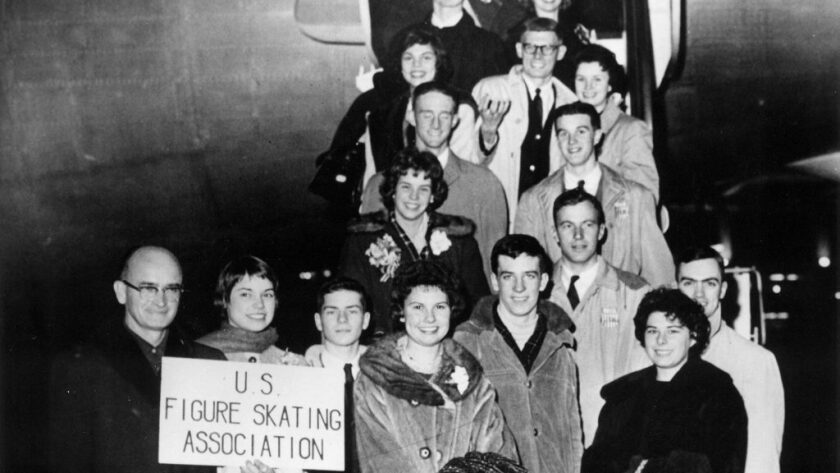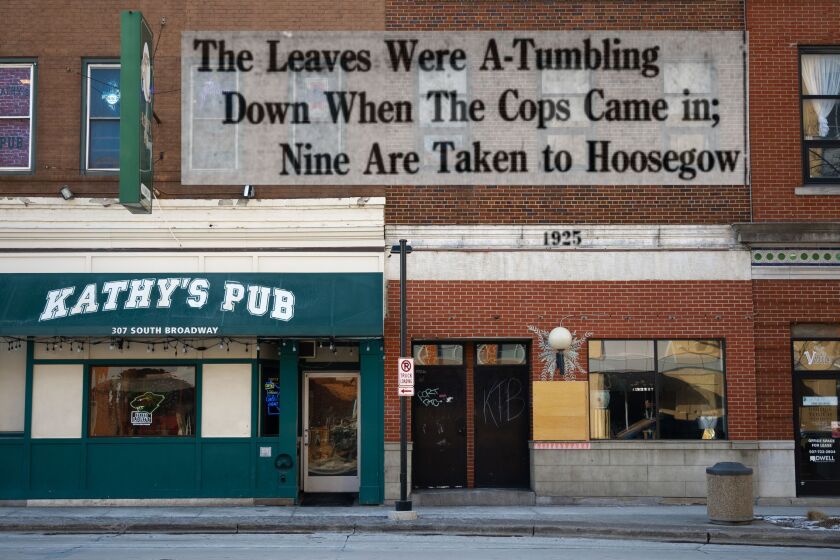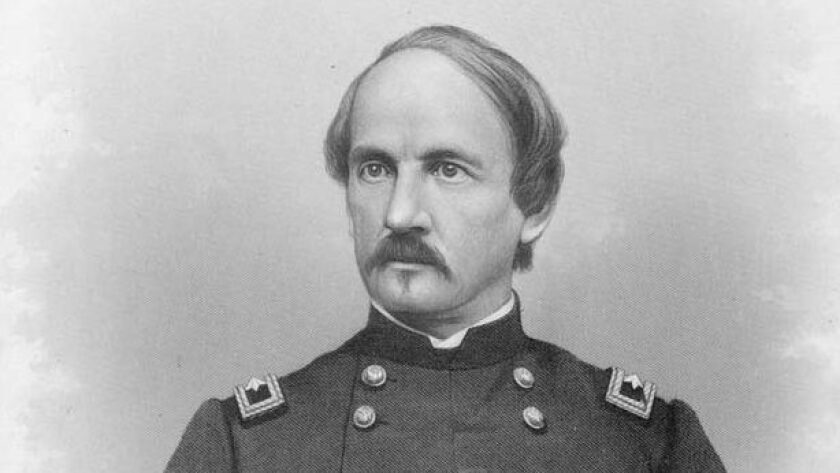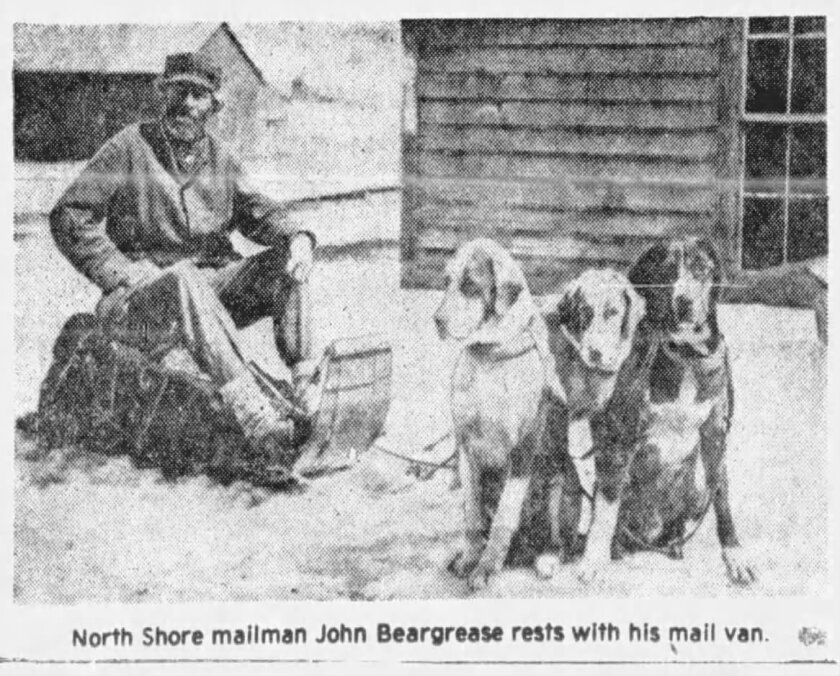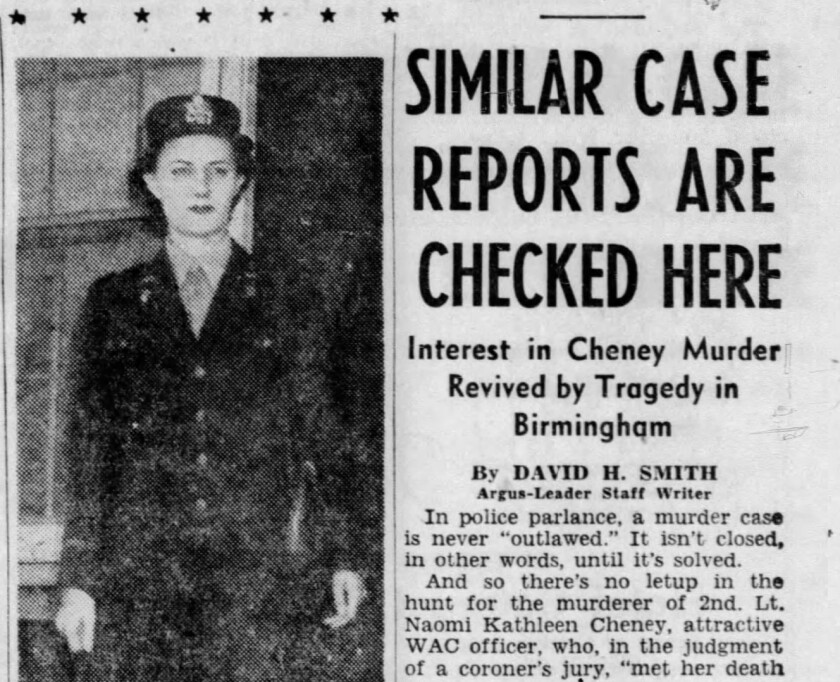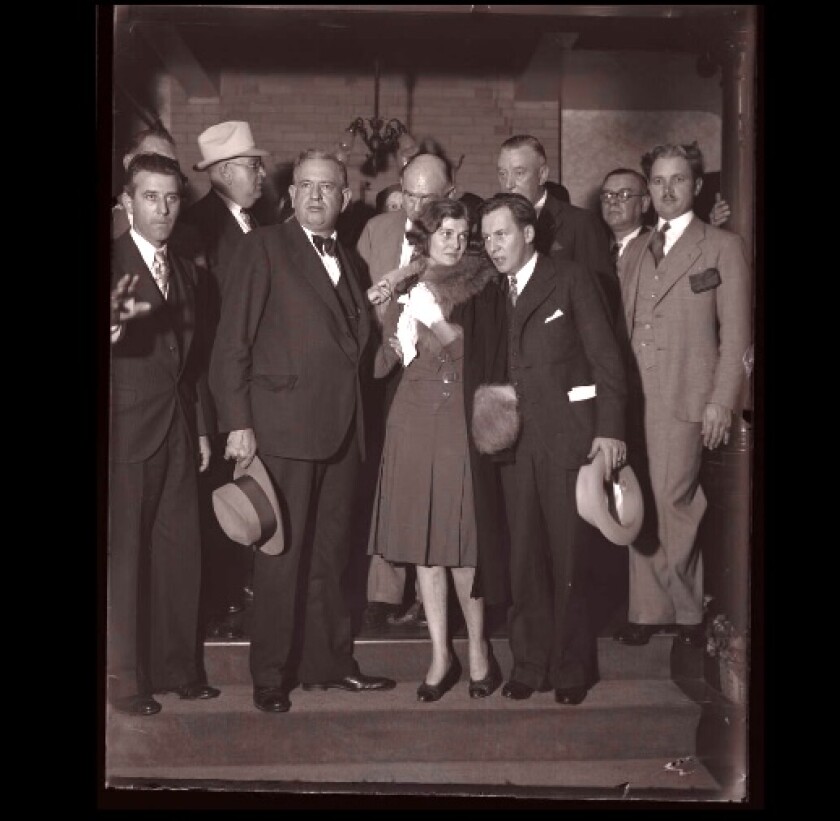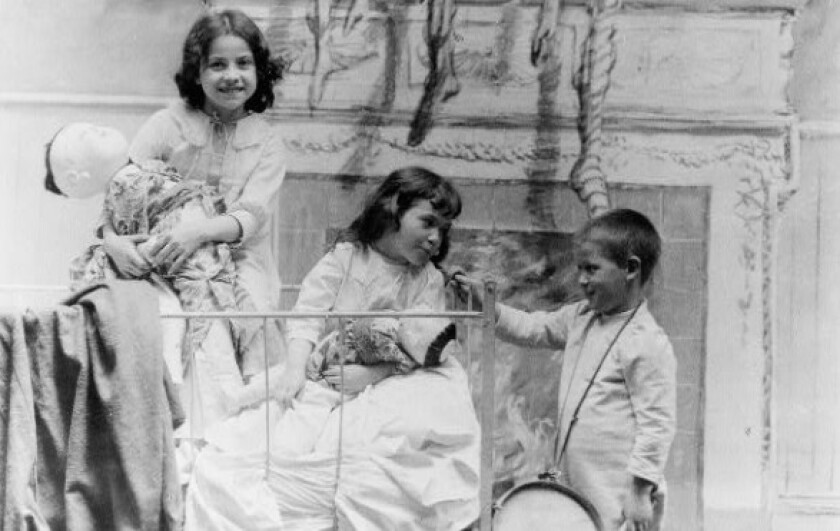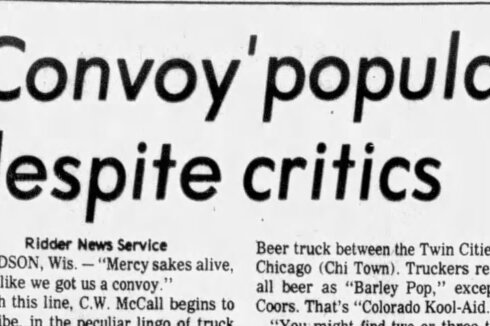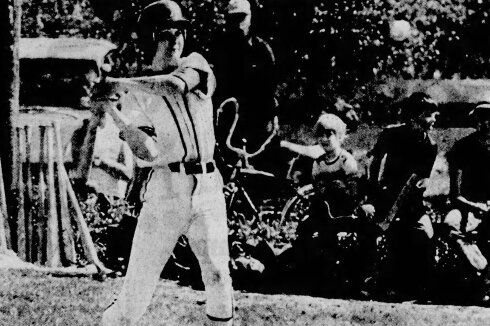Editor's note: This story is part seven of an eight-part series examining the killings of Gilbert Fassett and Eddie Peltier on the Spirit Lake Nation in North Dakota. Veteran reporter Patrick Springer examines both cases and considers a sobering question: Were the men convicted of these murders guilty?
DEVILS LAKE, N.D. — The first tip investigators received about a suspect in the murder of Gilbert Fassett was a rumor that a police officer was to blame, according to a police report.
ADVERTISEMENT
The tip, given by Fassett's mother, provided specific details of a rumor she passed along involving an incident at Ski Jump Hill on the Spirit Lake Nation that her son had been shot by the officer, according to the report.
Karma Senger, who was a reserve officer with the Devils Lake Police Department, said she accompanied Officer Pete Belgarde when he interviewed Fassett’s mother, Mary Louise Simonson.
Fassett was murdered in 1986. Belgarde died in 2020.
Even though Simonson reported her son missing, and possibly assaulted, Belgarde did not immediately initiate a search, Senger said in the taped interview made available to The Forum. The recorded interview of Senger was conducted by Humberto Rodriguez, a Texas man who has been researching murders on the reservation.
Werner Kunkel was convicted of Fassett’s murder in 1995. The prosecution’s largely circumstantial case did not present any physical evidence linking Kunkel to the murder, or any eyewitnesses. The prosecution relied on witnesses who claimed Kunkel confessed the murder to them.
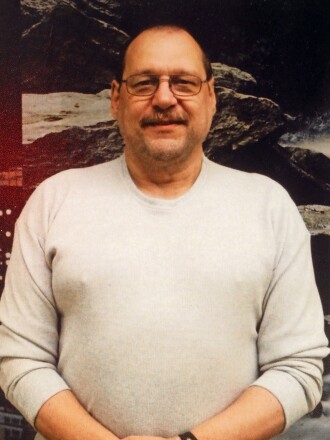
Kunkel, who changed his last name to Rümmer after the trial, said his lawyer wasn’t able to effectively present a defense because he was unaware of what Fassett’s mother told investigators.
“They never did go look” for Fassett after his mother reported him missing and possibly shot, Rümmer said. “That’s huge.”
ADVERTISEMENT
The FBI interviewed Curtis Posey, the man who Simonson said was the source of the information about her son being shot at Ski Jump Hill, two months later, in October 1986. Posey gave conflicting details and alibis that the FBI concluded indicated deception, according to investigation reports.
Days later, Posey was given a polygraph examination in which he gave “three stories where he was” the day Fassett was last seen alive, Aug. 1, 1986. Posey answered “no” when the FBI examiner asked if he was present during Fassett’s death, knew “for sure” who was responsible for Fassett’s death, or was “purposely withholding any important information” about the death.
The examiner concluded that Posey’s responses were “indicative of deception,” according to the polygraph report.
Despite that determination, the FBI and other agencies investigating Fassett’s murder appeared to let the matter drop, and conducted no further interviews of Posey, according to investigative reports for the case.
Thirteen years after Fassett’s murder, a woman gave a statement to Fargo lawyer Jonathan Garaas recalling a time when Posey came to her with fears that he was in danger.
Mary Jo Greywater told Garaas in 1999 that Posey came to visit her at a clinic where she worked shortly after Fassett’s murder and asked to speak privately with her.
“He said, ‘Mary Jo, I’m really afraid,’” Greywater said in the recorded interview, made available to The Forum.
ADVERTISEMENT
“And I said, afraid of what?” she added.
“And he said he was given a threat.” Posey told Greywater the threat involved something he witnessed when he was on Skyline Road at Ski Jump Hill with several other people.
“He said they were running down the hill and while they were running down the hill they heard this gunshot and they took off,” Greywater said.
Posey said he and the other two men hid in the ditch along nearby Highway 57. Fassett’s body was discovered later at that location.
Greywater advised Posey to contact Melvin Grey Bear, who had been a police captain and could put Posey in touch with lawyers. She is uncertain whether Posey ever did, however.
Rümmer’s lawyer subpoenaed Posey to testify for the defense during the murder trial because he believed he had information about Fassett’s death, but police were unable to locate Posey. The Forum was unable to reach Posey for comment.
Clifford Monteith was interviewed on Dec. 26, 1991, at his lawyer’s office by agents with the FBI and Drug Enforcement Administration.
ADVERTISEMENT
Monteith was under indictment on charges of being a convicted felon in possession of a firearm and possession of marijuana.
Monteith told the federal agents that he was at a party and overheard John Posey, Curtis Posey’s brother, talking about being present when Fassett was killed, according to a report of the interview by FBI Agent Spencer Hellekson.
Monteith said he overheard the remarks at a party in Devils Lake several days after Fassett’s body was found. John Posey said he was with several others drinking on Ski Jump Hill one night when someone ordered everyone to leave the hill, according to Monteith’s statement.
The person told everyone present to keep quiet about the incident, and that anything they said would not be believed, Monteith told investigators.
Montieth told the agents he was willing to wear a recording device while making marijuana transactions with someone he identified as a drug dealer. He also said he was willing to take a polygraph examination to evaluate the truthfulness of his statement, and Hellekson wrote that federal prosecutors had approved his request for an examination.
Details in what Monteith told the FBI bore similarities to what Fassett’s mother told Officer Belgarde five years earlier.
About a month after his FBI interview, on Jan. 31, 1992, Monteith gave a transcribed statement to Fargo lawyer Jonathan Garaas.
ADVERTISEMENT
Monteith repeated the account of Fassett’s murder that he overheard at the party in greater detail. He said the person brandished a gun when approaching a party on Ski Jump Hill.
“And then him and Gilbert got into an argument,” Monteith said. “And Gilbert just started walking away and [the person] told him to come back over or something, and he wouldn’t stop,” and the person “shot him five times in the back.”
Fassett’s badly decomposed body had more than 100 stab wounds. An autopsy report listed marks “suspicious for knife wounds” and “suspicious for bullet wounds,” but no bullets were recovered from the body.
Monteith told Garaas he was unable to name others who were present at the party on Ski Jump Hill.
In a lawsuit seeking a new trial, Rümmer’s lawyer said the defense should have been given a copy of Monteith’s statement since it included possible exculpatory information.
The North Dakota Supreme Court rejected that argument, however, concluding that the statement was hearsay and “lacked credibility, particularly in terms of detail.” The justices also said Monteith’s claim that Fassett had been killed by another person was well known, and his trial lawyer was aware of rumors about the allegation.
Montieth, who died in 2014, told Garaas he had submitted to an FBI polygraph examination to evaluate his truthfulness.
ADVERTISEMENT
Multiple requests to the FBI for comment, via telephone and email, about Monteith’s statement and whether his allegations were investigated went unanswered.

